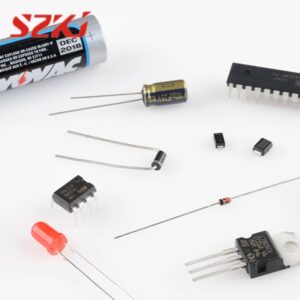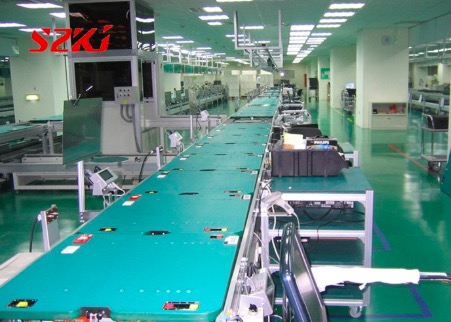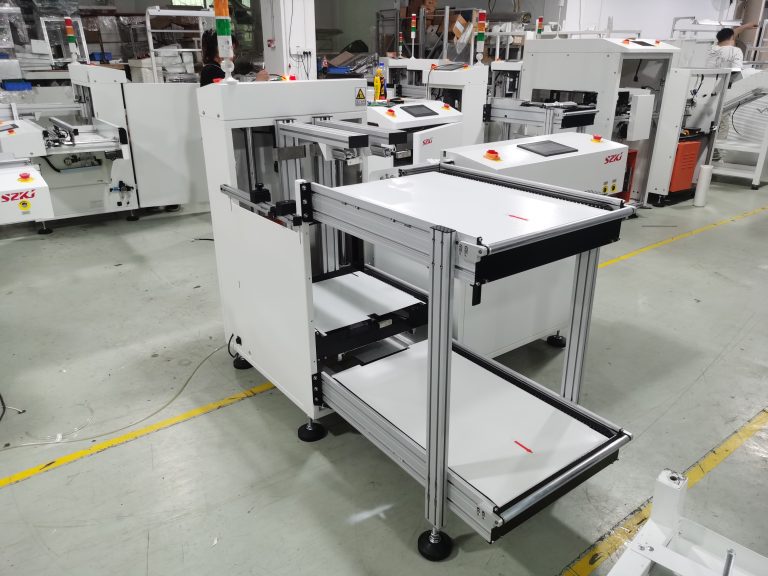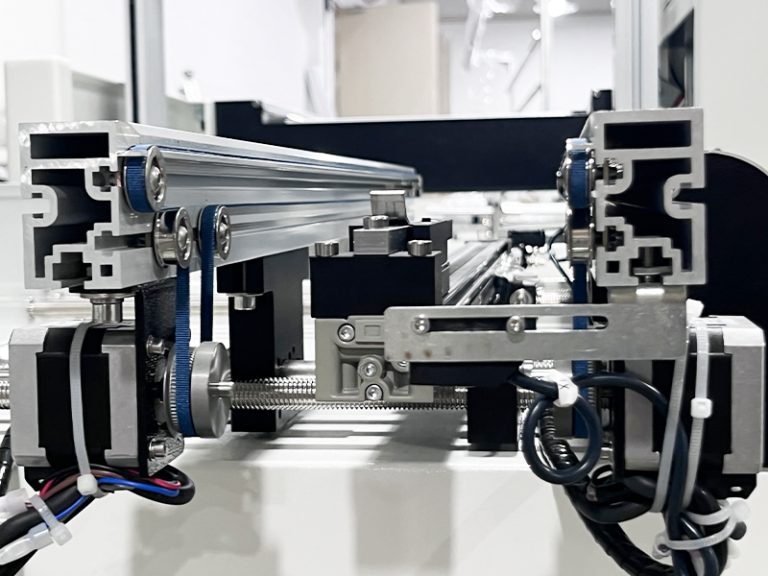Table of Contents
ToggleIn the world of modern electronics, the term electronic component refers to the fundamental building blocks that make electronic systems function. From smartphones and computers to automotive systems and industrial machinery, every device relies on a network of components working together to process, control, and transmit electrical signals.

What Is an Electronic Component?
An electronic component is any basic discrete device or physical entity in an electronic system used to affect electrons or their associated fields. These components are typically soldered onto printed circuit boards (PCBs) to build functional electronic circuits. Common types include resistors, capacitors, inductors, diodes, transistors, and integrated circuits.
Each electronic component has a specific function. For example, resistors control the flow of electrical current, capacitors store and release energy, and transistors amplify signals or act as electronic switches. The selection and combination of these components determine how an electronic device performs.
Types of Electronic Components
Electronic components are broadly classified into two categories:
- Passive Components: These components do not generate energy but store or dissipate it. Examples include:
- Resistors: Limit current and divide voltages.
- Capacitors: Store electrical energy temporarily.
- Inductors: Store energy in a magnetic field.
- Active Components: These require an external power source and can control the flow of electricity.
- Transistors: Function as amplifiers or switches.
- Diodes: Allow current to flow in one direction only.
- Integrated Circuits (ICs): Contain multiple components in a single package to perform complex functions.
Understanding the differences between these types is crucial for designing efficient and functional electronic systems.
Importance of Electronic Components in Design and Manufacturing
The performance and reliability of an electronic device are directly linked to the quality and arrangement of its components. Selecting the right electronic component for a specific application ensures the device operates safely and effectively. For example, using a high-precision resistor can improve the accuracy of a medical device, while a temperature-stable capacitor can enhance the durability of an automotive control system.
In modern manufacturing, surface mount technology (SMT) has revolutionized how components are placed on PCBs. SMT allows for smaller, faster, and more efficient production, enabling designers to incorporate more functionality in a compact space using miniaturized components.
Trends in Electronic Component Development
With the rise of the Internet of Things (IoT), wearable devices, and smart technology, the demand for smaller and more powerful components continues to grow. Manufacturers are now focusing on:
- Miniaturization
- Energy efficiency
- Enhanced thermal performance
- Multi-functionality within a single package
The development of new materials and technologies is also driving innovation in electronic component design. For instance, advancements in semiconductors are enabling faster computing and better energy management.
Conclusion
Whether you’re an electronics hobbyist, engineer, or product developer, understanding the role of each electronic component is essential for creating efficient and innovative devices. As technology advances, the importance of these components continues to grow, powering the digital world we live in today. By choosing the right components and staying up to date with new trends, you can ensure better performance, reliability, and competitiveness in any electronic product.




